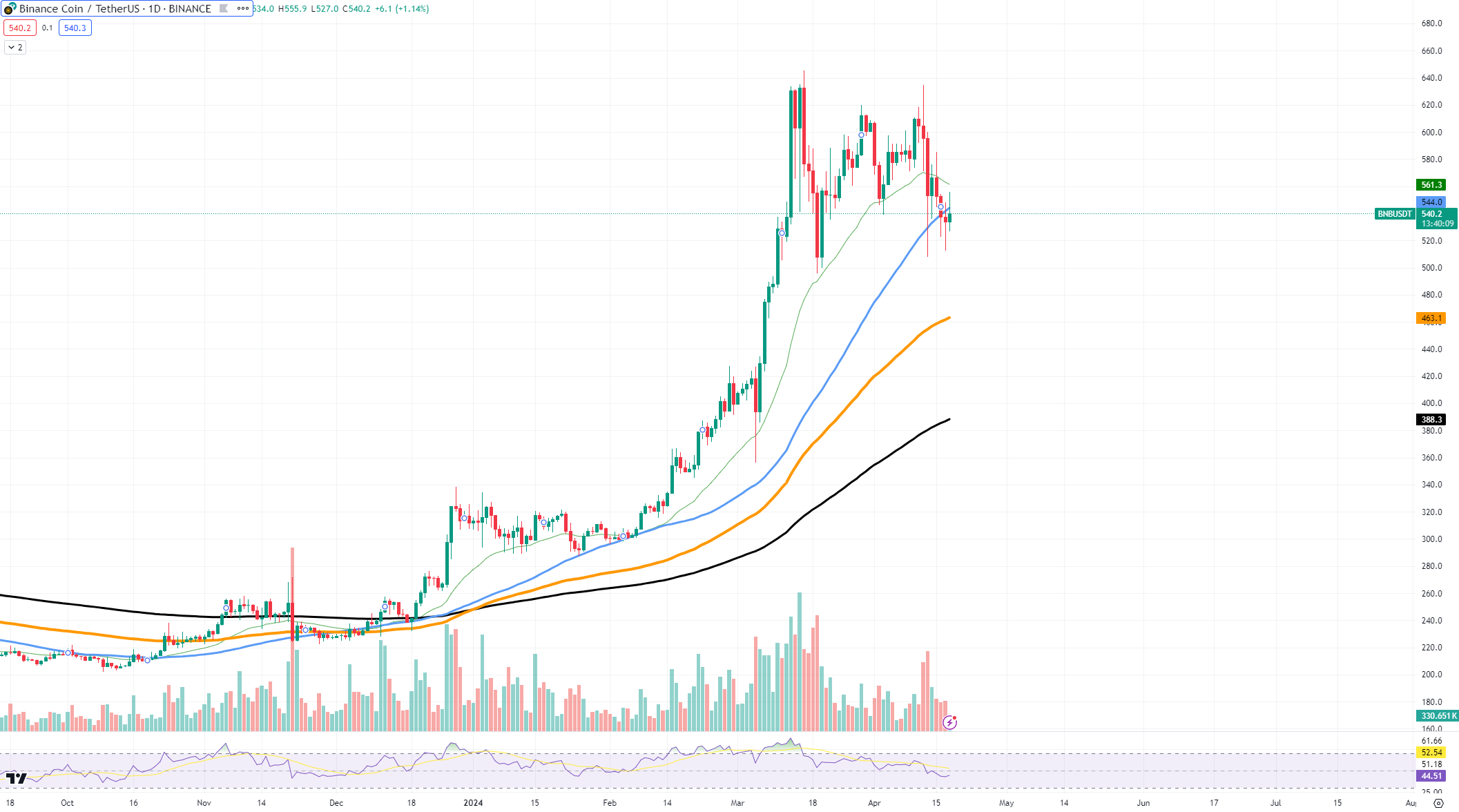
Disclaimer: The opinions expressed by our writers are their own and do not represent the views of U.Today. The financial and market information provided on U.Today is intended for informational purposes only. U.Today is not liable for any financial losses incurred while trading cryptocurrencies. Conduct your own research by contacting financial experts before making any investment decisions. We believe that all content is accurate as of the date of publication, but certain offers mentioned may no longer be available.
As the crypto markets take a nosedive, Binance has taken a step to secure its users’ assets. Binance transferred a significant amount of Bitcoin — 16,276 BTC, worth approximately $1,010,975,540 — from one unknown wallet to another. Reportedly, this wallet is associated with Binance's Secure Asset Fund for Users (SAFU), an emergency insurance fund set up to protect the platform's user funds.
The SAFU originated in July 2018, when Binance began dedicating a slice of trading fees to build a financial bulwark against potential crises. As of the end of January 2022, SAFU was valued at a staggering U.S. $1 billion. The value of such a fund can be volatile, and Binance has announced the conversion of these assets to USDC — a stablecoin pegged to the U.S. dollar — to likely mitigate risk.

The concept of SAFU became popular when Changpeng Zhao (CZ), Binance’s former CEO, reassured users during a period of unscheduled maintenance with a tweet that simply read, "Funds are safe." The phrase became a comforting mantra in the crypto community, eventually turning into the viral meme "Funds are SAFU."
Binance's coin
Turning to Binance Coin's (BNB) chart, we see a market battling uncertainty. With the recent downturn, BNB has faced resistance at $560. In case of a market sentiment shift and recovery, overcoming this level would be key for Binance Coin to regain its momentum.
In terms of growth scenarios, if Binance Coin manages to stabilize post-crash, we might see it challenging the resistance levels again. For now, however, the market appears to be on the defensive side, and Binance's decision to safeguard assets in USDC could be tied to a negative market forecast.

 Dan Burgin
Dan Burgin Alex Dovbnya
Alex Dovbnya Tomiwabold Olajide
Tomiwabold Olajide Denys Serhiichuk
Denys Serhiichuk